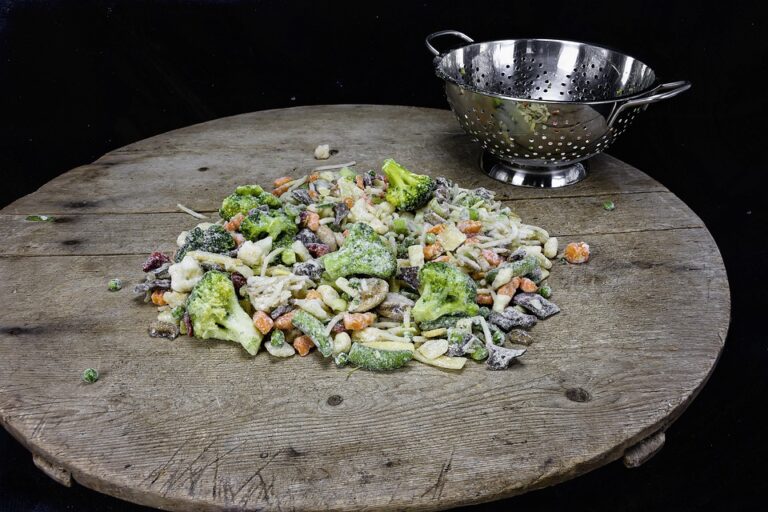
Sustainable Materials Gain Traction in Frozen Food Packaging Design
In recent years, the food packaging industry has been undergoing a significant shift towards sustainability. With increasing consumer awareness of environmental issues, there has been a growing demand for sustainable packaging solutions, particularly in the frozen food sector. As a result, many companies are now turning to eco-friendly materials to package their products, not only to reduce their environmental impact but also to meet consumer expectations.
The Rise of Sustainable Packaging in the Frozen Food Industry
The frozen food industry has traditionally relied on plastic packaging due to its durability and cost-effectiveness. However, the negative impact of plastic on the environment has led to a push for more sustainable alternatives. As a result, many companies in the frozen food sector are now exploring new materials that are both environmentally friendly and functional.
One of the most popular sustainable materials gaining traction in frozen food packaging design is biodegradable plastic. Biodegradable plastics are made from renewable resources such as corn starch or sugarcane and break down more easily in the environment compared to traditional plastics. Companies like Nestle and General Mills have started using biodegradable plastic packaging for their frozen food products to reduce their carbon footprint.
Financial Benefits of Sustainable Packaging
While the initial cost of switching to sustainable packaging materials may be higher than traditional plastic, many companies are finding that the long-term benefits outweigh the investment. Sustainable packaging can help reduce waste and lower production costs, leading to potential savings in the long run. Additionally, companies that adopt sustainable practices often see an increase in consumer loyalty and brand reputation, which can translate to higher sales and profits.
According to a report by Market Research Future, the global sustainable packaging market is expected to reach $303.60 billion by 2025, with a CAGR of 7.5% during the forecast period. This growth is driven by increasing consumer awareness of environmental issues and the demand for eco-friendly packaging solutions.
Industry Insights and Trends
In addition to biodegradable plastics, other sustainable materials gaining popularity in frozen food packaging design include compostable packaging, recycled cardboard, and plant-based plastics. Companies like Unilever and Kellogg’s have been experimenting with these materials to reduce their environmental impact and meet consumer demand for sustainable packaging options.
Another trend in the frozen food packaging industry is the use of minimalist packaging designs. By using less material and focusing on simple, recyclable packaging, companies can further reduce their environmental footprint and appeal to eco-conscious consumers. This trend aligns with the growing popularity of minimalism and sustainability in consumer preferences.
Conclusion
In conclusion, sustainable materials are gaining traction in frozen food packaging design as companies strive to reduce their environmental impact and meet consumer demand for eco-friendly products. The shift towards sustainable packaging not only benefits the environment but also presents financial opportunities for companies willing to invest in these initiatives. As the demand for sustainable packaging continues to grow, it is essential for companies in the frozen food industry to adapt to these changing trends and embrace more eco-friendly solutions. By doing so, they can not only improve their bottom line but also contribute to a more sustainable future for the planet.